LIFE, BESIEGED
Most of the animals shown here are among the more than 28,000 species of animals and plants that the International Union for Conservation of Nature says are threatened with extinction. That number actually understates the risk. Since 1964, when the IUCN established a “red list” of threatened species and began compiling data gathered worldwide, the list has become the preeminent global database of endangered life and an essential tool for conservation policy. Yet the IUCN has been able to assess only about 106,000 species of the more than 1.5 million species of animals and more than 300,000 plants that scientists have described and named—which they estimate is less than a quarter of what’s really out there. A recent intergovernmental report on the biodiversity crisis estimated that extinction threatens up to a million animal and plant species, known and unknown. The IUCN hopes to raise the number of species assessments to 160,000 by 2020. Next up on its agenda: a “green list” of conservation successes. It will be much shorter than the red one.

THE BIGGEST THREAT: HUMANS
Habitat loss—driven primarily by human expansion as we develop land for housing, agriculture, and commerce—is the biggest threat facing most animal species, followed by hunting and fishing. Even when habitat is not lost entirely, it may be changed so much that animals cannot adapt. Fences fragment a grassland or logging cuts through a forest, breaking up migration corridors; pollution renders a river toxic; pesticides kill widely and indiscriminately. To those local threats one must increasingly add global ones: Trade, which spreads disease and invasive species from place to place, and climate change, which eventually will affect every species on Earth—starting with the animals that live on cool mountaintops or depend on polar ice. All of these threats lead, directly or indirectly, back to humans and our expanding footprint. Most species face multiple threats. Some can adapt to us; others will vanish.



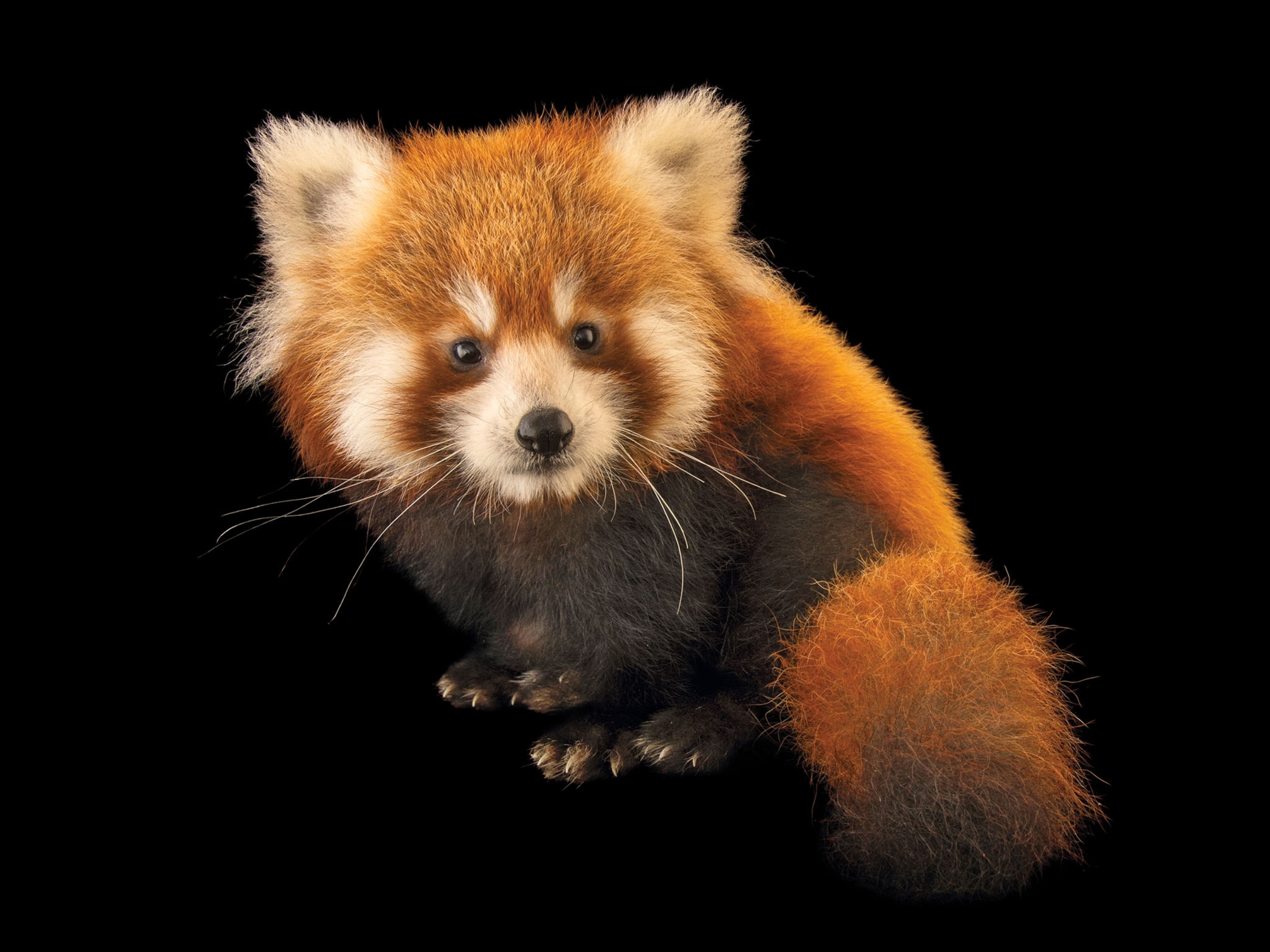





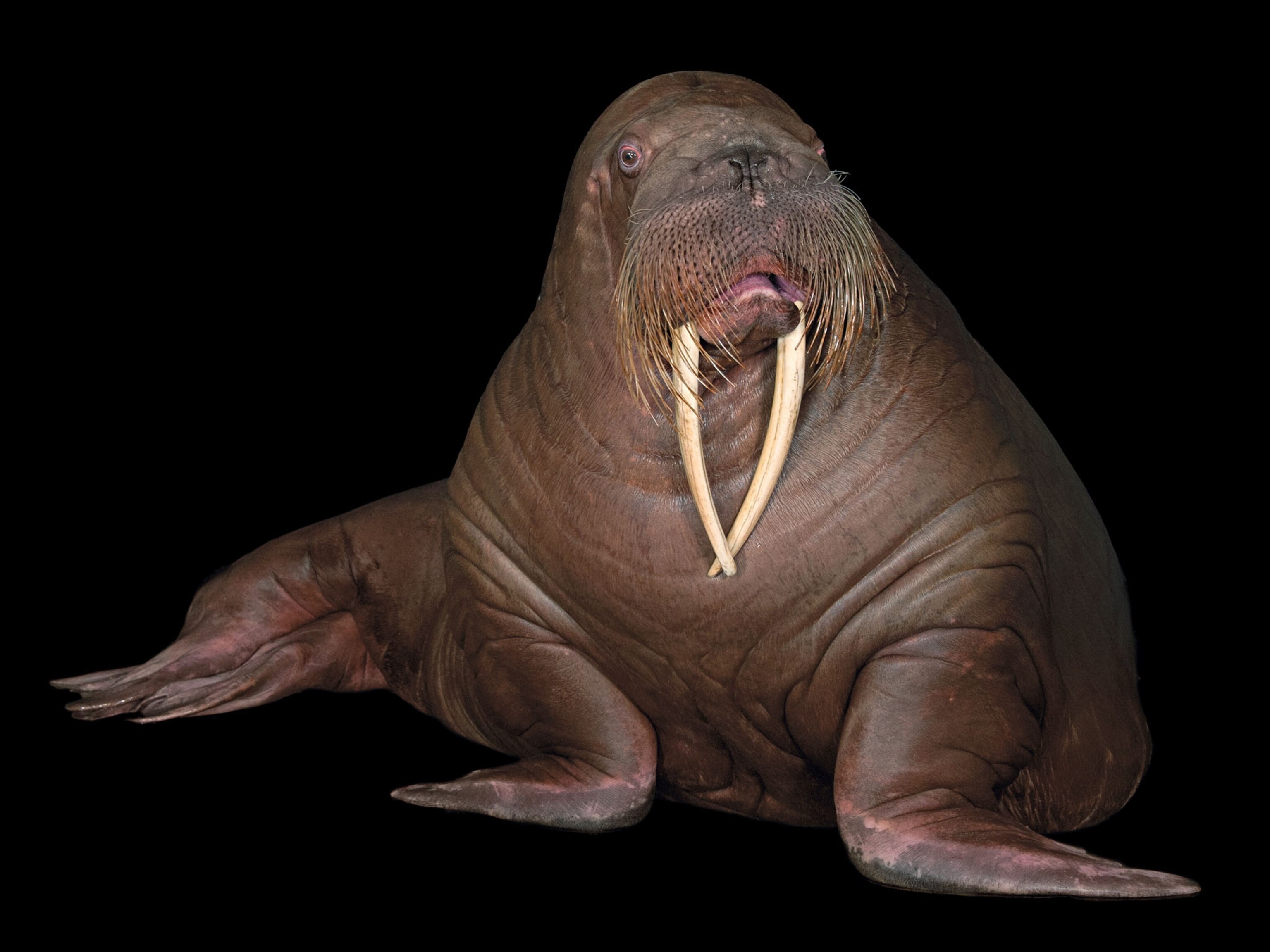


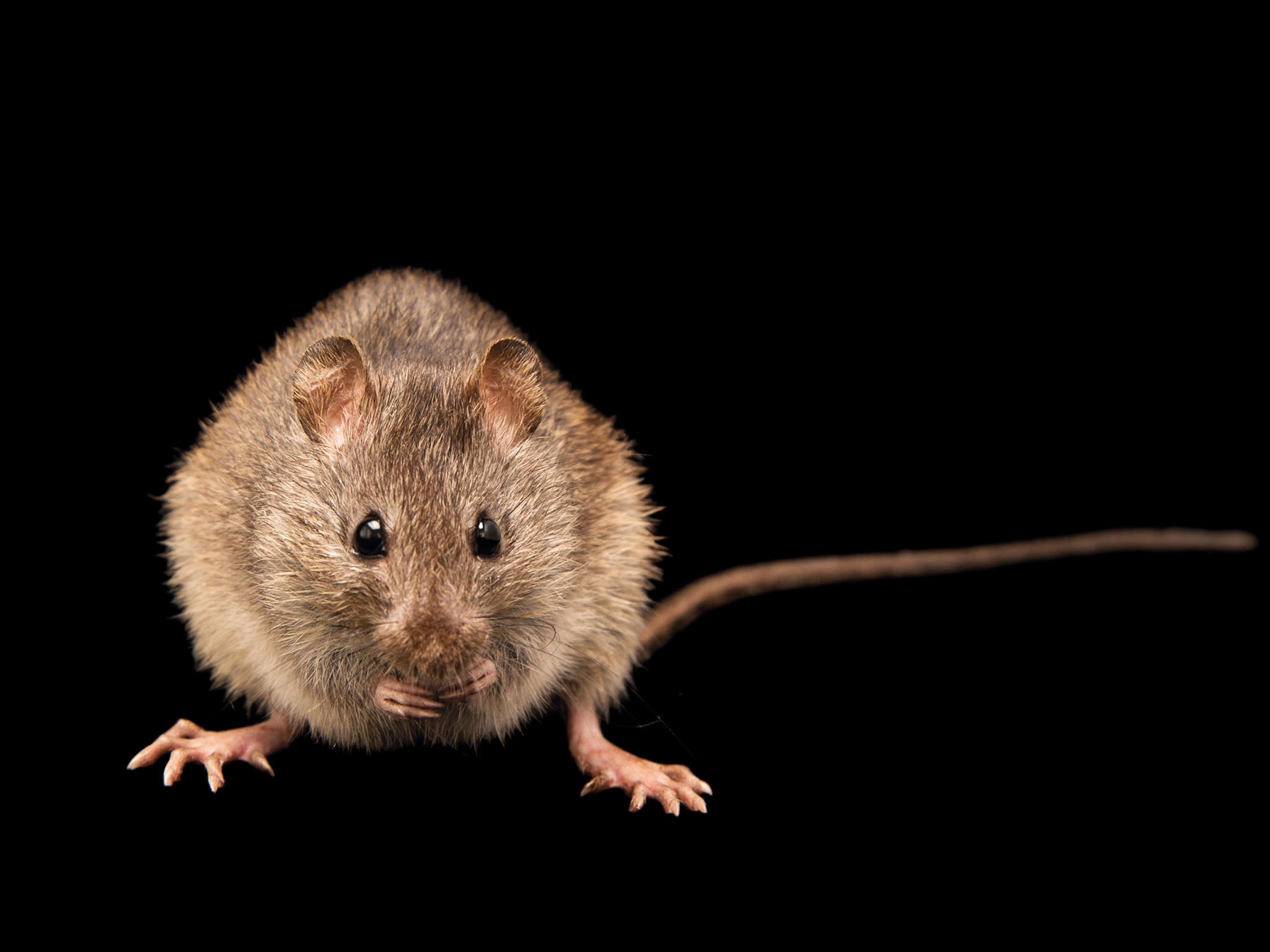



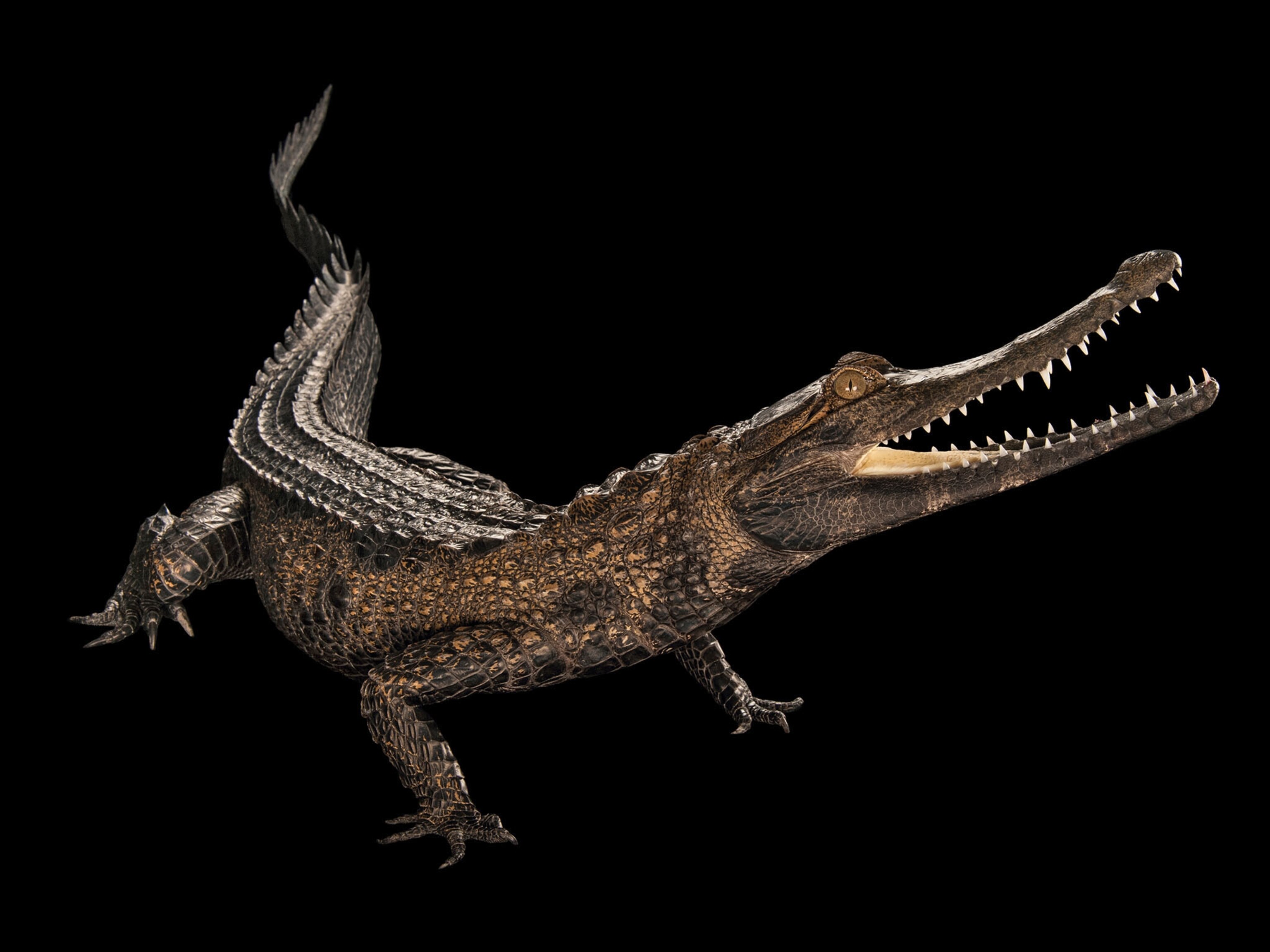


If we lived in an ordinary time—time here being understood in the long, unhurried sense of a geologic epoch—it would be nearly impossible to watch a species vanish. Such an event would occur too infrequently for a person to witness. In the case of mammals, the best-studied group of animals, the fossil record indicates that the “background” rate of extinction, the one that prevailed before humans entered the picture, is so low that over the course of a millennium, a single species should disappear.
But of course we don’t live in an ordinary time. Everywhere we look, species are winking out. Just in the past decade, two mammal species have gone extinct: a bat known as the Christmas Island pipistrelle and a rat, the Bramble Cay melomys.
The International Union for Conservation of Nature lists more than 200 mammal species and subspecies as critically endangered. In some cases, like the Sumatran rhino or the vaquita—a porpoise native to the Gulf of California—there are fewer than a hundred individuals left. In others, like the baiji (also known as the Yangtze River dolphin), the species, though not yet officially declared extinct, has probably died out.

And unfortunately, what goes for mammals goes for just about every other animal group: reptiles, amphibians, fish, even insects. Extinction rates today are hundreds—perhaps thousands—of times higher than the background rate. They’re so high that scientists say we’re on the brink of a mass extinction.
The last mass extinction, which did in the dinosaurs some 66 million years ago, followed an asteroid impact. Today the cause of extinction seems more diffuse. It’s logging and poaching and introduced pathogens and climate change and overfishing and ocean acidification.
But trace all these back and you find yourself face-to-face with the same culprit. The great naturalist E.O. Wilson has noted that humans are the “first species in the history of life to become a geophysical force.” Many scientists argue that we have entered a new geologic epoch—the Anthropocene, or age of man. This time around, in other words, the asteroid is us.

What's lost when an animal goes extinct?
One way to think of a species, be it of ape or of ant, is as an answer to a puzzle: how to live on planet Earth. A species’ genome is a sort of manual; when the species perishes, that manual is lost. We are, in this sense, plundering a library—the library of life. Instead of the Anthropocene, Wilson has dubbed the era we are entering the Eremozoic—the age of loneliness.

Joel Sartore has been photographing animals for his Photo Ark project for 13 years. In an ever growing number of cases, animals housed in zoos or special breeding facilities are among the last remaining members of their species. In some instances, they are the only members.
Toughie, a Rabbs’ fringe-limbed tree frog from central Panama, lived at the Atlanta Botanical Garden. He became the last known of his kind when a fungal disease swept through his native habitat and a captive-breeding program failed. Toughie died in 2016, and it’s likely the Rabbs’ fringe-limbed tree frog is now extinct.
Romeo, a Sehuencas water frog that lives at the natural history museum in Cochabamba, Bolivia, was likewise believed to be a sole survivor. Scientists created an online dating profile for him. It linked to a donation page, and the $25,000 raised helped fund expeditions in the eastern Andes, where the species was once abundant.
Amazingly, the search has revealed five more Sehuencas water frogs, two males and three females. All were taken to Cochabamba; the one female mature enough to breed with Romeo was named Juliet. Whether she will prove a worthy mate and perpetuate the species, no one knows.
Was the Rabbs’ fringe-limbed tree frog beautiful? Not in the flashy way of, say, the Spix’s macaw (which is believed to be extinct in the wild) or the Gee’s golden langur (which is endangered). But with its expressive brown eyes and gangly limbs, it had its own kind of charm.

Sartore treats all creatures—great and small, handsome and homely—with reverence. His photos capture what’s singular and, I’d also like to say, soulful about every living thing. One of my favorite images of Joel’s is of a Partula nodosa, or niho tree snail, laying down a trail of slime. There used to be dozens of Partula species in the South Pacific, occupying different islands and different ecological niches. Much like Darwin’s finches, they are the darlings of evolutionary biologists—living, slime-producing illustrations of the power of natural selection. The introduction of carnivorous snails from Florida drove nearly a third of the Partula species extinct; several survive solely thanks to captive-breeding programs.
Precisely because extinction takes place so frequently now, it’s possible to become inured to it. This desensitizing is what makes Sartore’s images so crucial: They show us just how remarkable each species is that’s being lost.
We live in an extraordinary time. Perhaps by recognizing this, we can begin to imagine creating a different one—one that preserves, as much as is still possible, the wonderful diversity of life.
THREAT: DISEASE
Since the 1980s, a fungal disease called chytridiomycosis, likely spread through direct contact and by infected water, has ravaged global amphibian populations. More than 500 species have been affected; 90 of these may be extinct. The fungus disrupts transmission of electrolytes through the skin of a frog or toad, ultimately stopping its heart.





THREAT: INVASIVE SPECIES

THREAT: FRAGMENTATION

THREAT: HABITAT LOSS
Butterflies can fly long distances and feed on many types of flowers, but caterpillars are locavores, eating plants they hatch on or near. As those plants are lost to development or farming, butterflies disappear. The ones here aren’t listed by the IUCN—which has evaluated only 8,100 insect species—but are considered at risk by other authorities.






THREAT: POACHING
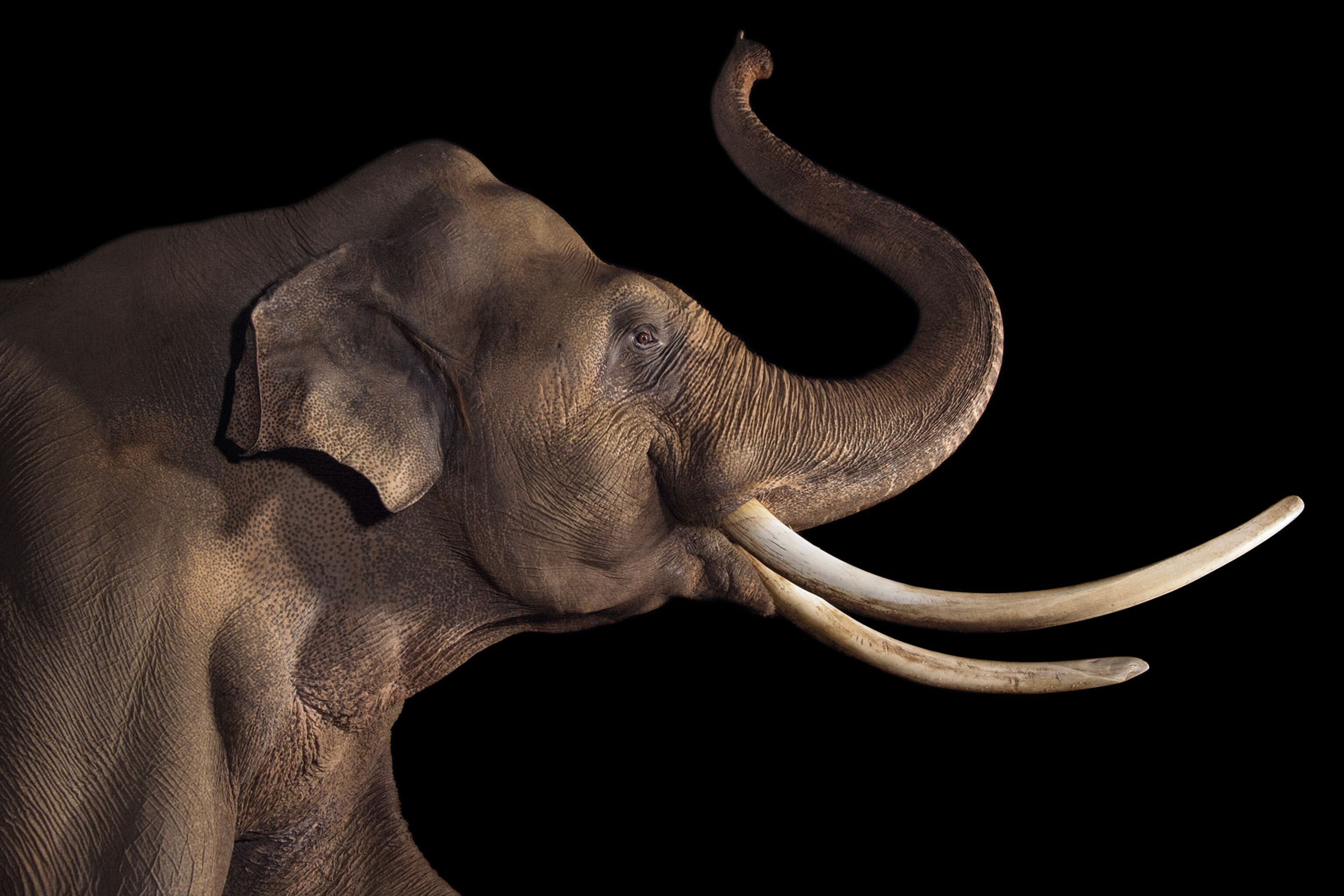
THREAT: DEFORESTATION
For tree-dwelling lemurs, there’s no life without the forest—or Madagascar, their only home. Yet the island nation has lost 80 percent of its trees to development, charcoal production, and slash-and-burn agriculture. Lemurs are squeezed into limited protected areas; 38 species are critically endangered. Fuel-efficient stoves are being introduced to encourage people to reduce wood use and protect forest habitat.



Photo Ark is a joint project of National Geographic and Joel Sartore. Learn more at natgeophotoark.org.
Go Further
Animals
- Octopuses have a lot of secrets. Can you guess 8 of them?
- Animals
- Feature
Octopuses have a lot of secrets. Can you guess 8 of them? - This biologist and her rescue dog help protect bears in the AndesThis biologist and her rescue dog help protect bears in the Andes
- An octopus invited this writer into her tank—and her secret worldAn octopus invited this writer into her tank—and her secret world
- Peace-loving bonobos are more aggressive than we thoughtPeace-loving bonobos are more aggressive than we thought
Environment
- This ancient society tried to stop El Niño—with child sacrificeThis ancient society tried to stop El Niño—with child sacrifice
- U.S. plans to clean its drinking water. What does that mean?U.S. plans to clean its drinking water. What does that mean?
- Food systems: supporting the triangle of food security, Video Story
- Paid Content
Food systems: supporting the triangle of food security - Will we ever solve the mystery of the Mima mounds?Will we ever solve the mystery of the Mima mounds?
- Are synthetic diamonds really better for the planet?Are synthetic diamonds really better for the planet?
- This year's cherry blossom peak bloom was a warning signThis year's cherry blossom peak bloom was a warning sign
History & Culture
- Strange clues in a Maya temple reveal a fiery political dramaStrange clues in a Maya temple reveal a fiery political drama
- How technology is revealing secrets in these ancient scrollsHow technology is revealing secrets in these ancient scrolls
- Pilgrimages aren’t just spiritual anymore. They’re a workout.Pilgrimages aren’t just spiritual anymore. They’re a workout.
- This ancient society tried to stop El Niño—with child sacrificeThis ancient society tried to stop El Niño—with child sacrifice
- This ancient cure was just revived in a lab. Does it work?This ancient cure was just revived in a lab. Does it work?
- See how ancient Indigenous artists left their markSee how ancient Indigenous artists left their mark
Science
- Jupiter’s volcanic moon Io has been erupting for billions of yearsJupiter’s volcanic moon Io has been erupting for billions of years
- This 80-foot-long sea monster was the killer whale of its timeThis 80-foot-long sea monster was the killer whale of its time
- Every 80 years, this star appears in the sky—and it’s almost timeEvery 80 years, this star appears in the sky—and it’s almost time
- How do you create your own ‘Blue Zone’? Here are 6 tipsHow do you create your own ‘Blue Zone’? Here are 6 tips
- Why outdoor adventure is important for women as they ageWhy outdoor adventure is important for women as they age
Travel
- This author tells the story of crypto-trading Mongolian nomadsThis author tells the story of crypto-trading Mongolian nomads
- Slow-roasted meats and fluffy dumplings in the Czech capitalSlow-roasted meats and fluffy dumplings in the Czech capital
- Want to travel like a local? Sleep in a Mongolian yurt or an Amish farmhouseWant to travel like a local? Sleep in a Mongolian yurt or an Amish farmhouse
- Sharing culinary traditions in the orchard-filled highlands of JordanSharing culinary traditions in the orchard-filled highlands of Jordan



